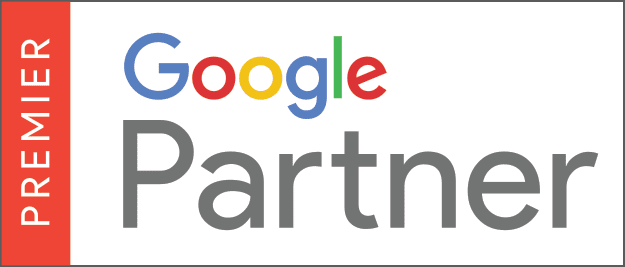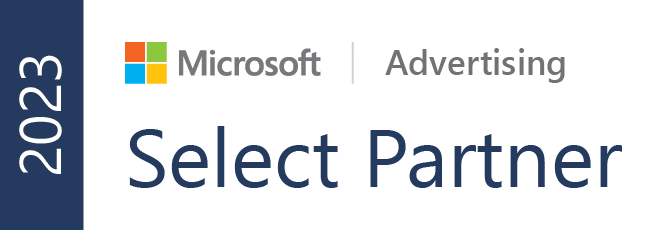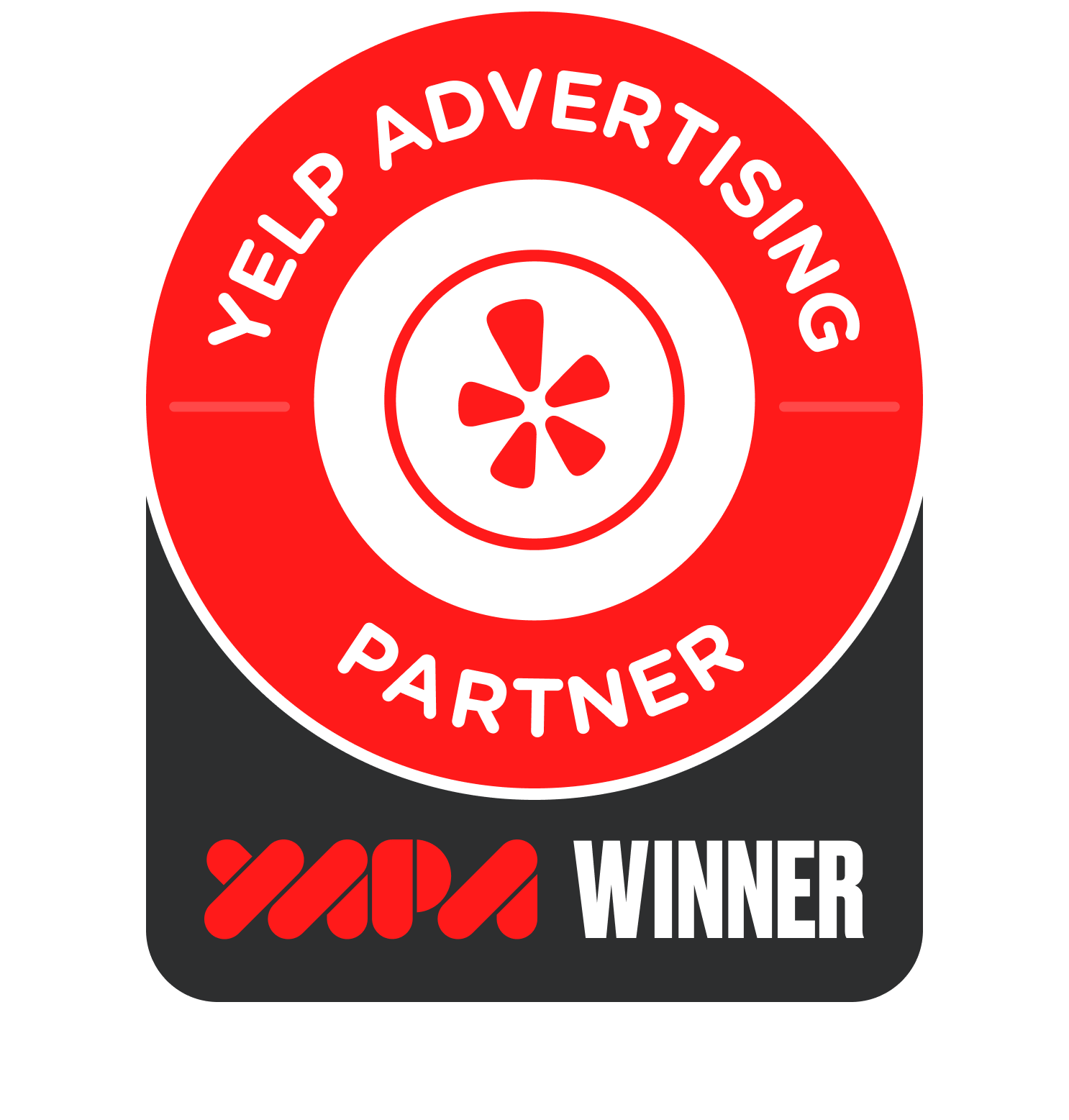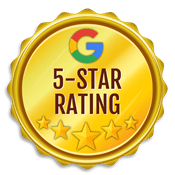- About
- What We Do
-
-
-
Marketing Services
-
-
-
-
-
-
-
THE LEADER IN HOME SERVICES MARKETING Let’s Talk
-
-
-
-
- Who We Work With
-
-
-
Industries
Partnering With Local Businesses In the Trades
-
-
-
-
-
-
-
THE LEADER IN HOME SERVICES MARKETING Let’s Talk
-
-
-
- Case Studies
- Blog
- Resources
- Contact

Social Media Marketing Services
Differentiate Your Brand and Amplify Your Message with Social Media Marketing and Advertising
We are in an age where more than 70% of consumers expect a brand to have a social media presence. But, not just any social media presence—consumers expect your brand to have a tailored, cohesive social media strategy.
Almost every business can benefit from social media marketing services. While most companies know they should be using social media to market their business, they don’t know what networks to invest in—Facebook, Instagram, Twitter, LinkedIn, etc.—or how much, and that’s where our social media management services step in. Blue Corona’s social media management and advertising services remove the complexity of social media for business owners and let you stick to what you know best—running your business!
Fill out the form below for a free social media analysis or contact us today to get started!



What's Included in Our Social Media Marketing Services
Our process for social is similar to our approach to marketing in general: TRACK > TEST > TWEAK > REPEAT. Simply put, you can’t maximize what you fail to measure and track. Better data equals better results. Learn more about our social media services list and packages below!


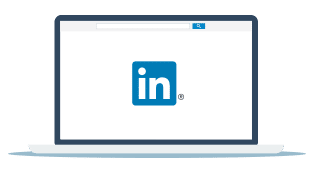
1COMPLETING A COMPETITOR ANALYSIS
- Completing a market analysis of your service areas and industry
- Finding local competitors currently outperforming you in audience size and engagement
- Analyzing content and messaging that performs well in your industry
2CREATING ENGAGING ORGANIC SOCIAL CAMPAIGNS
- Researching content that has high engagement with your audience
- Posting and scheduling regular posts
- Monitoring engagement and interaction
3CREATING DATA-DRIVEN PAID SOCIAL CAMPAIGNS
- Creating custom audiences to best target your company and brand
- Creating copy and imagery for high-performing social ads
- Split-testing ad copy
- Reporting and improving paid social ads
4TRACKING YOUR SOCIAL CAMPAIGNS
- Tracking and optimizing your audience and reach
- Tracking and optimizing engagement rates
- Tracking and optimizing click-through-rate and leads
- Tracking and optimizing your ROI on paid social campaigns
5MANAGING & MONITORING YOUR SOCIAL REPUTATION
- Monitoring social media reviews
- Monitoring social media feedback and sentiment
- Monitoring social engagement from campaigns
- Monitoring brand mentions and chatter across social platforms
6AMPLIFYING YOUR EFFORTS WITH WEBSITE INTEGRATION
- Installation of social widgets on website
- Optional website social feed
- Adding social buttons like “Share on Facebook” or “Pin This” to website content
- And more!
Why Social Media Marketing Is a Smart Bet for Your Business
Social media campaigns are low-cost to run and can be specifically targeted to the audience that you want to reach. At Blue Corona, our social media specialists will develop baseline data to better determine which social media platforms are producing the lowest cost per lead and the highest return on ad spend. We can help you track and test paid social media campaigns on a variety of platforms, including:
FACEBOOK ADVERTISING
Facebook advertising campaigns allow for both text and photos to be displayed on your advertisement for maximum audience engagement. You’re able to target your audience based on interests, demographics, and geography, while also determining how much you want to pay per click or pay per mille (cost per 1000 impressions).
Facebook alone has over 900 million unique users spending over 700 billion minutes per month on the site. Do you want to advertise where your customers are spending their time? Then you’ve got to advertise on social media.
Read our Facebook marketing case study here!
Instagram Marketing
Instagram marketing (done through the Facebook ad platform) is a must-have for any business with visual products and services. Not only is it the second-most popular social platform, but 74% of users log on daily. You’re able to target your audience based on interests, demographics, and geography, while also determining how much you want to pay per click or pay per mille (cost per 1000 impressions).
 HOUZZ ADVERTISING
HOUZZ ADVERTISING
Houzz marketing services are a great way for home improvement companies like remodelers, architects, and builders to connect with customers who are looking for home improvement ideas. Houzz Pro+, the network’s paid platform, allows you to increase your photos and visibility, get more insights about your profile, and choose multiple categories and service areas.
Read our Houzz case study, where we helped one remodeler increase their Houzz visits by 378%!
 YOUTUBE ADVERTISING
YOUTUBE ADVERTISING
YouTube is the second largest search engine and has a larger adult audience than any cable network. Unlike television, when you invest in a YouTube marketing campaign, you can target your ad only to your target audience. Plus, advertising on YouTube is as easy as connecting it to your AdWords account.
 LINKEDIN ADVERTISING
LINKEDIN ADVERTISING
LinkedIn advertising services allow you to engage with more B2B customers. About four out of five LinkedIn members drive business decisions, and members have 2x the buying power of other social platforms. There are two paying options in LinkedIn Ads—cost per click or cost per mille (cost per 1000 impressions).
TWITTER ADVERTISING
Twitter allows you to choose the objective of your campaign, including tweet engagements (retweets, favorites, replies), website clicks, app installs or engagements, followers, or even leads, and it only charges you when your specified action occurs. Additionally, Twitter allows a maximum daily budget and maximum cost per action.
AND MORE
We can also help you test ads on platforms like Pinterest, Nextdoor, Houzz, and more. In competitive industries, we often find that the typical cost per interaction is cheaper than Google Ads and Bing Ads!
Other Social Media Marketing Services for Businesses
- Social media analytics and reporting – Before you begin marketing on social media, it’s crucial to put proper tracking in place. Our custom social media analytics provide clients with valuable insights into the communities around their brand. From overall community demographics to engagement reports that show how successful specific campaigns are playing out, our reports help business owners more specifically target their marketing message.
- Brand monitoring – If your customers are online, there’s a good chance they are talking about your business! Through review sites and social networks, customers are expressing their opinions of businesses both positively and negatively. Keep on top of what people are saying about your company through Blue Corona’s state of the art monitoring tools! We’ll continually monitor the web for any new mentions of your company on blogs, review sites, or social networks.
- Reputation Management – Managing your online reputation is one of the most important marketing strategies you can employ! Negative comments and reviews can hurt your search engine rankings and they can be damaging to your ability to attract new clients. Actively engaging your customers and your reviews online will allow your business to stay ahead of the news and control how your company is perceived.
Social Media Marketing Improves Your SEO
The social media debate has been raging for years in the search world. Matt Cutts, head of the Google Webspam team, has adamantly denied that they matter. On the flip side, smart people have done studies and basically said “yes, they do matter.”
Below is a snippet from a Moz ranking factors survey that shows social media—especially Facebook—really correlates to search results.
Facebook likes and shares influence rankings—just not in the way we think of a traditional ranking. Simply getting more likes and shares isn’t going to make a direct result—but it means you’re attacking your web marketing strategy in a successful way.
Why Choose Blue Corona over Other Social Media Marketing Companies or Social Media Agencies?
Blue Corona is much more than a social media marketing business or SEO company—we truly see ourselves as an internet marketing partner to your business. We market your business as if it were our own—meaning we strive to truly understand your services, products, sales process, competitors, industry, and markets to effectively market your company on the web, all while tracking and measurably justifying your investment in our online marketing services.
Get started with our social media management services today!
Call 800.696.4690 or contact us online for more information about our social media marketing services packages and pricing.
*Already investing in social media marketing with another company? Ask about our social media audits! We’ll give you a detailed look at the performance of your social media profiles, how your social media campaigns are performing, and how our team of social experts can improve your social media marketing.
READ MORE
Include but are not limited to:
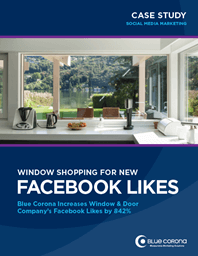
What Makes Blue Corona Different
Our goal is to be the best analytical, data-driven online marketing and social media marketing company on the planet! Unlike other social marketing companies, we operate from the perspective of a business owner (our account managers have gotten to know more about business than most “social gurus” will ever know—call us and see).
We strive to provide superior service by offering the following to all our social media marketing clients:

- A dedicated Account Manager, someone that understands business and social media, to be your guide
- Detailed monthly reports (you can actually understand) that connect social performance to your bottom line
- A support team that includes an analyst, web designer/developer, and a dedicated professional copywriter
- Access to our proprietary analytics software (better data drives better results)
Our Happy Clients
I would 100% recommend Blue Corona to any new, aspiring HVAC, plumbing, electrical service, home services type business that is looking to expand the footprint of Internet marketing truly because the sense of, they're not like your every other internet marketing company. They're not going to sell you a bill of goods and over-promise and under-deliver. They're going to under-promise and over-deliver.
Arctic Air Conditioning
There's been plenty of times where we would sit back and look at things and go, "Hey, you know what? That's probably the best decision we made in a long time." I would definitely recommend [Blue Corona] to other service companies because I want to see how other people like me and my family here at work succeed.
Blind & Sons
"Blue Corona has been our marketing agency for over a year now. They have provided great services and strategies for accelerating our business growth. Most importantly, they are willing and able to adapt our marketing strategy to help us succeed in our industry. Our account manager has been awesome! She is and has been such an asset to Reliable Power Systems."
Reliable Power Systems
"Since working with Blue Corona our lead quality and profitability have skyrocketed! They give you advice on what is best for you rather what would line their own pockets. I have also been impressed by the quality of services (ad copy, amazing web design) and constant communication and tracking Blue Corona offers. Our account manager is truly a pleasure to work with. She is great at setting expectations and delivering results. I have worked with many marketing agencies and have...
Penguin Air, Plumbing & Electrical
"We have been partnering with Blue Corona for a couple of years now, and we are very pleased with the results. From the initial phase of learning our company's challenges and needs to the development of an effective online marketing strategy, working with the entire BC team has been a pleasure. The results have been tangible, and we're seeing an increase in leads and website visits across the board. One important asset BC brings to the table is their team's...
DiFabion Remodeling
"I’m very happy with the progress of Blue Corona’s SEO and pay-per-click campaigns for my garage door business. Blue Corona has helped improve our online visibility and generate more leads."
Overhead Door of Indianapolis
"I've been with Blue Corona for over a year now. Hands down one of the best decisions I made for my business. The improvements they've made to my website, SEO, and general lead flow are so much better than previous companies I've worked with. One of the main reasons I chose them is they made decisions based on data and facts. Everything we do is measurable and they hold themselves accountable to the goals we collectively established. While all of...
Zen Windows – Charlotte
"The switch to Blue Corona for our digital marketing needs was the best switch our team ever could have made. Our account manager is the best. She and her team are constantly staying a step ahead of industry trends and keeping us informed of best practices for our brand. We have seen tremendous results in a short time since beginning our partnership with Blue Corona, and we look forward to a long and fruitful relationship with their phenomenal team."
Robin Aire
"I work for an Ohio HVAC, plumbing, electric, and indoor air quality company. Blue Corona has been nothing but helpful. We've used their services for several years and never had any issues. They've helped us improve PPC, SEO, social media, Local Services ads, and anything in between. I would 100% recommend using their services."
Blind & Sons
"Blue Corona has proven to be an integral marketing partner for our team. They handled our website revamp, as well as have continued to work with us to optimize our SEO, create campaigns, and evaluate our lead volume. Not only have we appreciated their professionalism, but we are so thankful for their assistance in facilitating our online growth."
Jacob Heating & Air Conditioning
The information on this website is for informational purposes only; it is deemed accurate but not guaranteed. It does not constitute professional advice. All information is subject to change at any time without notice. Contact us for complete details.

Ready to increase your online presence today with digital marketing?



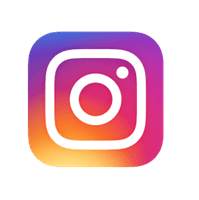
 HOUZZ ADVERTISING
HOUZZ ADVERTISING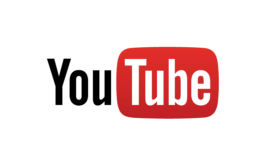 YOUTUBE ADVERTISING
YOUTUBE ADVERTISING LINKEDIN ADVERTISING
LINKEDIN ADVERTISING

